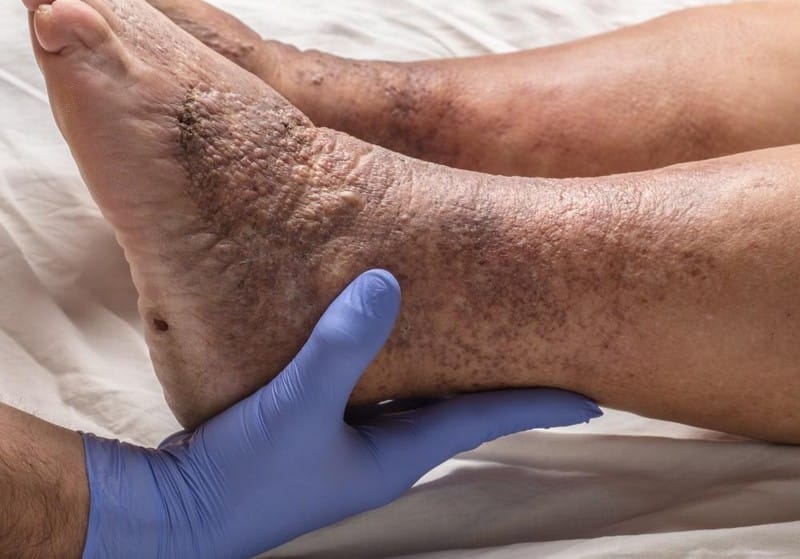Deep Venous Thrombosis

Deep venous thrombosis is a blood clot that forms in one of the body’s deep veins, typically in the leg. While deep venous thrombosis can occur without warning signs, some people may experience swelling, pain, and cramping in the affected limb. If left untreated, deep venous thrombosis can travel to the lungs and cause a pulmonary embolism, which can be fatal.
Leaky valves often cause varicose veins in the veins that allow blood to pool in the leg instead of flowing back up to the heart. When these valves are weakened or damaged, it’s much more likely for a deep venous thrombosis to form. That’s because blood clots are more likely to form when blood flow is slow or stagnant. In addition, pregnant women and people who have recently had surgery are at greater risk of developing deep venous thrombosis.
The best way to prevent deep venous thrombosis is to avoid sitting or standing for prolonged periods. It is best for individuals who work at a desk job to get up and move around every few hours. Regular exercise is also important since it helps keep the veins healthy and improve circulation.










